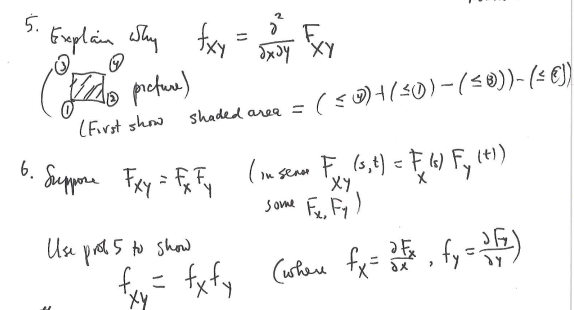


The plot shows the graph of the PDF, and shows that PDF(0) is a little less than 0.4 and PDF(1) is close to 0.25.

I want to use cumulative distribution function and probability density function to show the performance of bias correction. I am applying quantile mapping for bias correction of RCMs projection. 1 The technicalities behind the “pretty much” form the subject of measure theory in math- ematics. It looks like an isoceles right triangle with hypotenuse $ and apex at $(0,1)$ and very obviously has area $ (useful as a check on one’s work.)ĬDF, we can use the CDF to find the probability of arbitrary events. This is the kind of problem that gives integration a bad name among students.


 0 kommentar(er)
0 kommentar(er)
